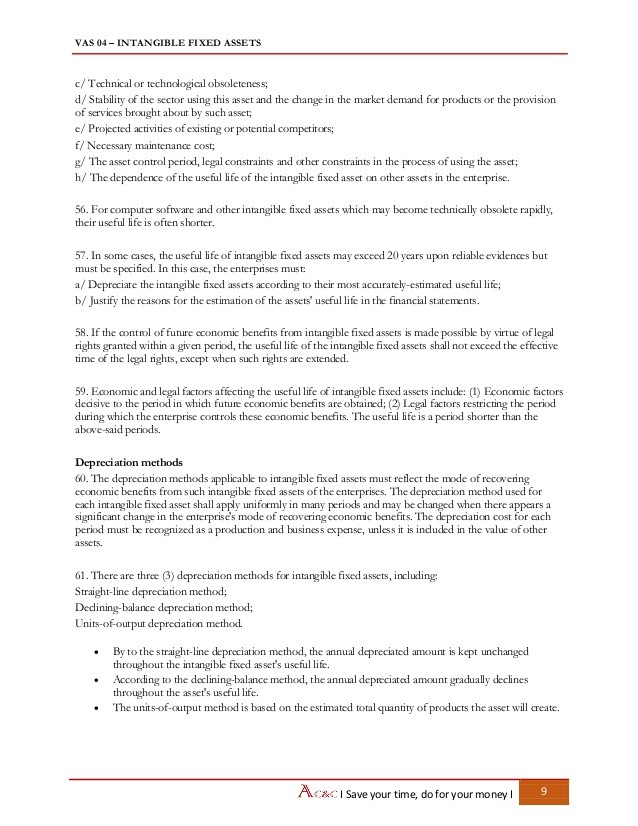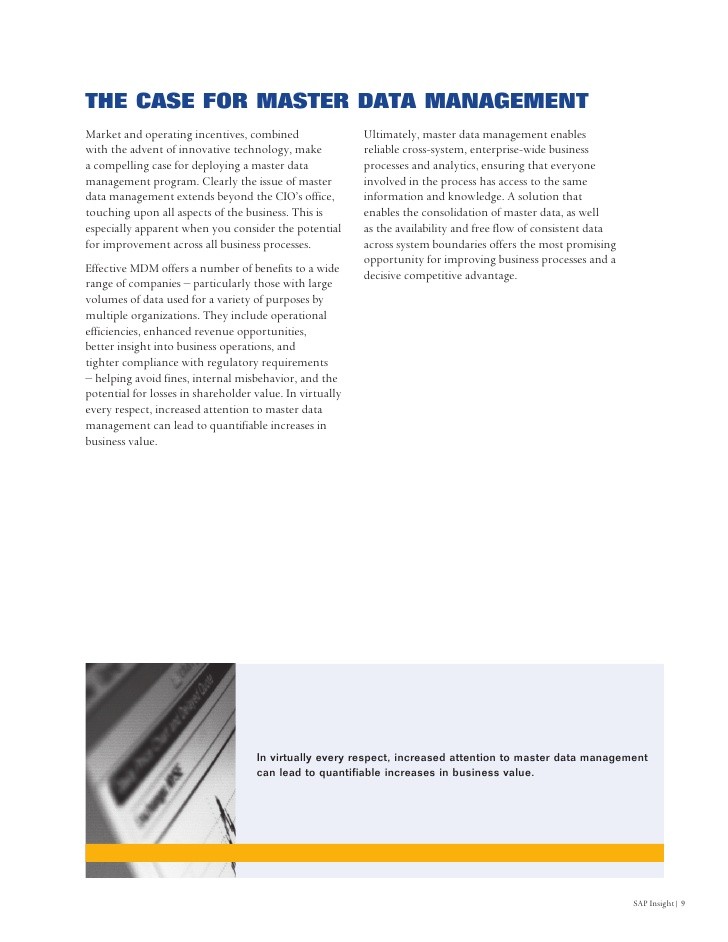Time to take stock of your intangible assets
Post on: 3 Июнь, 2015 No Comment

Summary and implications
It is never more important than in a time of economic slump and uncertainty to ensure that the assets you own are protected.
For all businesses, including real estate companies, intellectual property assets, like the brand name for a shopping centre or a corporate logo, can hold substantial value. However, the value will only endure if the integrity of the asset is protected. Additionally and increasingly, purchasers of and investors in real estate assets are looking to see that the related IP rights are appropriately protected.
In the circumstances, all businesses should be reviewing the procedures they have in place to protect their brands, and taking the following three steps:
- obtaining registered trade mark protection;
- checking their existing protection is fit for purpose;
- enforcing their rights.
Advantages of registered trade mark protection
The goodwill generated by businesses which use unregistered trade marks can be protected using the law of “passing off”, but the protection is far more limited than that enjoyed by owners of registered marks. This is because:
- it is more costly to prove ownership of goodwill and reputation in an unregistered name than it is to produce a registration certificate;
- even after establishing your rights in the context of a claim based on passing off, you would need to show deception and damage to succeed.
The scope of protection provided by registered trade mark rights is also much broader.
Registering your brand as a trade mark is relatively inexpensive compared to the costs involved in establishing a passing off claim based on unregistered rights.
The owner of a registered trade mark is entitled to prevent third parties from using identical marks in relation to identical goods/services, as well as similar marks in relation to similar goods/services where there is a likelihood of confusion.
Trade marks with a reputation are afforded an extra layer of protection against the use of identical or similar marks in relation to dissimilar goods/services in certain circumstances, for example, where the use of the later mark would take unfair advantage of the trade mark’s reputation.
Protection must be fit for purpose
Trade marks are registered in respect of selected goods and/or services. These usually correspond, at least in the main, to the core business of the trade mark proprietor (e.g. shopping centre services, real estate development and leasing).
But, owners of shopping centres or mixed-use developments may also wish to protect:
- ancillary services they provide (such as car parking and security);
- key services likely to be supplied by their tenants (such as restaurant services and entertainment); and also
- goods liable to be sold either by tenants or by the owner as branded “merchandise” (such as shopping bags and keyrings).

Logos develop and change over time, and businesses expand their offerings. It is always worthwhile conducting regular audits of your trade mark portfolio to check that your rights are adequately protected.
It is important that businesses frequently review the trade mark protection they have and check that it covers all of the goods/services they provide and that they have protection for the logo that they currently use.
The universe of goods and services is divided amongst 45 separate classes. The coverage of each class is described in general terms by a class heading.
Unlike in the UK, where the trade marks registry favours a specific list of goods/services, which is supported by an “intention to use” the mark, the approach to filing European Community trade marks has been to use the class heading description. The rationale for doing so was that the European Community trade marks registry understood this to mean that the mark was protected for all of the goods/services covered by that class, even if they are not specifically listed.
For example, shopping centre services would come under class 35, but the class heading wording mentions only services like “advertising; business management; business administration…”.
A recent opinion issued by the Advocate General of the EU’s Court of Justice has said that “class heading” language should be taken to mean (only) what it says, rather than being taken to cover the whole content of the class. If this decision is followed, it will categorically mean that using the class heading wording for class 35, for example, will not give you protection for shopping centre services.
Case reference:
IP Translator (C-307/10).
In light of the Advocate General’s opinion, businesses which own and rely on European Community trade mark registrations (as opposed to UK national marks) should start to look at their EU trade mark coverage.
They should review the wording of their trade mark specifications to see if the language:
- fully reflects the scope of goods and services for which they use the trade marks; and
- is clear and precise about the nature of the goods and services covered.
If not, businesses should start to plan remedial action, which may include new applications to fill any gaps that are now apparent to avoid later problems in enforcement.
Registered rights should be enforced
There is little point owning a registered trade mark if the rights afforded by registration are not enforced against third parties who adopt an identical/similar name. The purpose of enforcement is to:
- protect the brand owner’s investment and goodwill in the name;
- prevent encroachment into core or related areas by competitors or start-ups;
- prevent third party uses that harm or “free-ride” off the brand owner’s reputation, or that harm the capacity of their brand to distinguish them from their competitors.
A trade mark registration is necessary, but it is just a tool and does not provide automatic protection against infringers. The onus is on the brand owner to use this tool effectively to protect their asset.
The need to enforce is even more pronounced in cases where third parties are using a business’s brand name in order to mislead the public.
Owners of shopping centres often face situations whereby third parties set up virtual shopping malls and use their brand names to draw people to the relevant website and generate advertising revenue.
In more serious cases, the corporate names of real estate companies have been misappropriated by third parties engaged in land banking fraud or investment scams.
Each potential scenario should be addressed in the heads of terms.
Owning registered trade mark protection for the relevant brand name is crucial to enable businesses to deal with matters like this effectively, either swiftly through administrative procedures such as filing a domain name complaint and/or a company name complaint, or through formal court proceedings.














